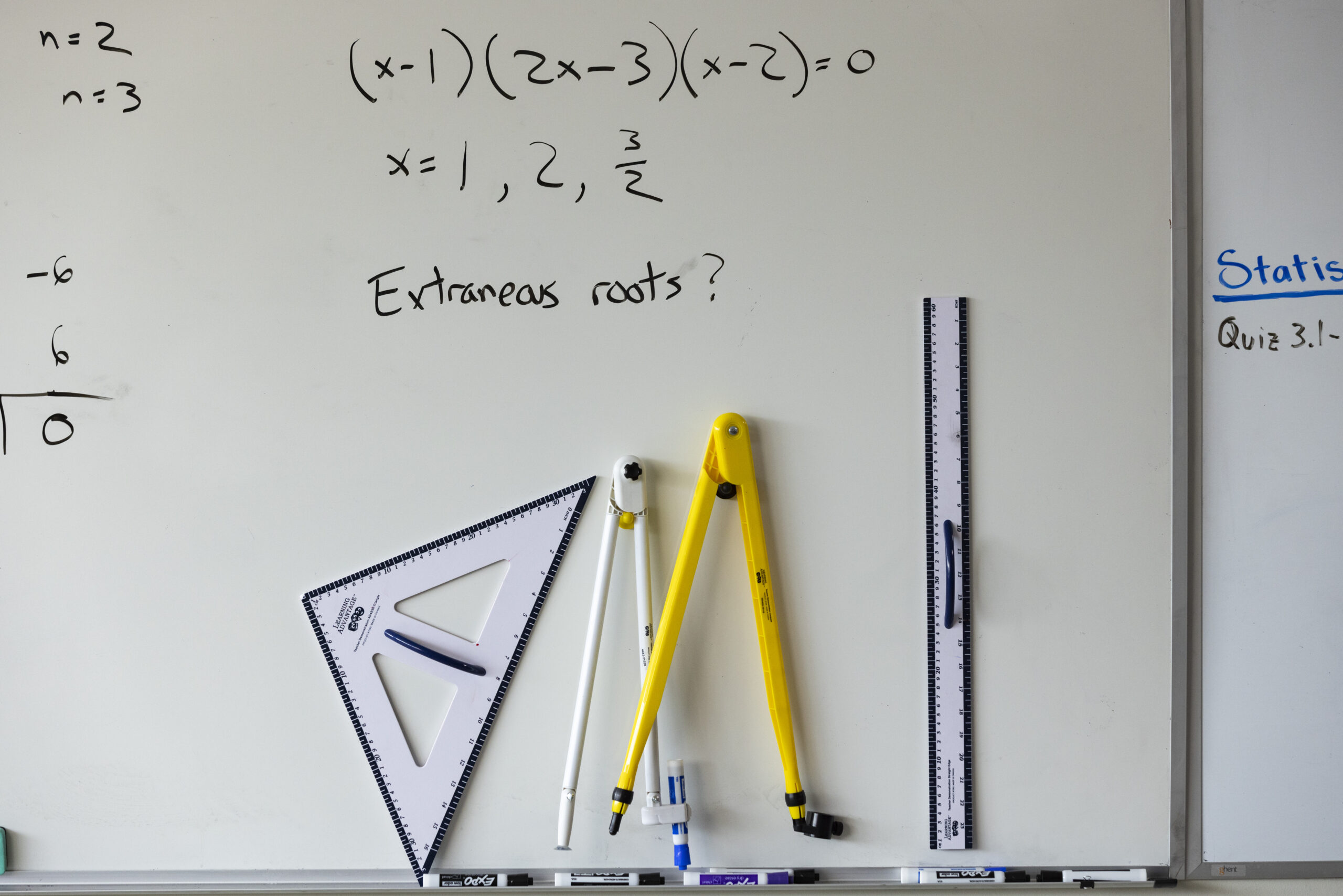George Polya, a master in mathematics education in the early twentieth century, is credited with saying that if a problem takes fewer than 24 hours to solve, it isn’t worth solving. When I first heard this, I was discouraged. How can I help my students to understand math if everything worth knowing takes so much time? How can I support my struggling learners and encourage them to see math as worth knowing, and even exciting? This year, I have pondered how I can incorporate productive struggle in my lessons while highlighting its beautiful purpose: to be able to search for patterns and relationships in nature, and to seek them out independently.

Struggle is most apparent when we tackle the WORD PROBLEM. Earlier in the year, I noticed students who would shut down, or even verbalize that, “I am no good at these-they’re too hard for me.” Further, even when we would discuss a problem, and I’d present the same one with different numbers, students couldn’t apply the strategies we’d talked about in a new setting. Because teaching always requires flexibility and adaptation, I went back to the drawing board. Throughout the next month, I tried a new strategy: one word problem per day, and we wouldn’t derive the answer together as a class. I realized that I had relied too heavily on offering strategies, and I hadn’t given as much opportunity for the students to derive meaning with my scaffolded questions. I wanted resolution, they wanted resolution, and the actual resolution was a minimal understanding of the concepts.
It took about a month before I started to see some changes, but when I did, I saw students who were happy to work on the problem of the day. We now use a three-read process: I read through the first time, and ask students to draw whatever they see. I circle the room, and pull work that ranges from an actual drawing of objects to a complex bar model. The students share why they drew their pictures, and instead of me providing methods for thinking, the students do it. Those with partial understanding are more engaged because I honor their work for what they showed correctly, and they hear their peers talking about how their models are similar or different from the previous one. On the second read, they glue the word problem into their math notebooks and do it again-some change their drawings, some don’t. On the third read, they write a math sentence to express what the picture shows, but we don’t solve it in class. It is homework, and the students are challenged with ruminating over one problem. Most come to class the next day with a solution.
This shift in thinking helped me to see that sometimes the best thinking happens after the lesson. Real, messy learning is what we all do-we wake up in the middle of the night with an idea, or we suddenly have an Aha! moment while brushing our teeth. I want my students to know that the answers aren’t always readily available, and that is a good thing. We need to form thinkers who know what to do when they’re faced with scenarios that they aren’t specifically prepared for, and with the understanding that it may take a long time to figure out the missing pieces. When I shifted my thinking about how we solve math problems, I saw that the struggle was the missing component in their search to find those patterns and relationships, and that it is the quality of the struggle, not the number of times we experience it, that produce mathematicians. Polya’s directive is alive and well in our classroom, and I am encouraged to see more students who enjoy mathematical discussions.

